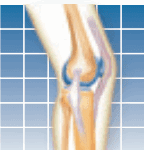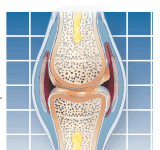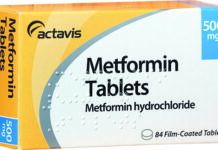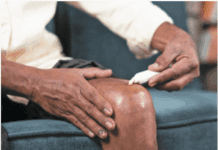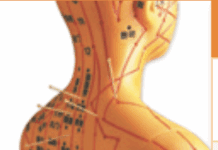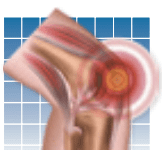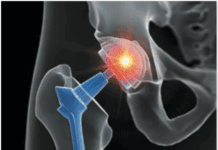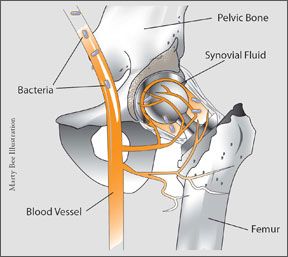More than 88 million Americans suffer from some form of arthritis, rheumatic illness, or musculoskeletal disease. The vast majority of these conditions-osteoarthritis (OA) and rheumatoid arthritis (RA), for example-are chronic in nature. They develop gradually and require long-term treatment. Others, however, emerge suddenly and call for prompt medical attention. Most common among these disorders is septic arthritis, a condition that can be permanently disabling-even fatal-if not promptly treated. The source of this condition-also known as infectious arthritis-is almost always a localized infection that initially develops in a remote area of the body-the mouth, throat, or urinary tract, for example-and eventually spreads via the bloodstream to a joint. Once the infectious agent settles into the joint, it thrives in the synovia, the lubricating fluid secreted by membranes within the joint cavity. If untreated, the infections erosive activity can, within days or weeks, result in partial or total destruction of the affected joint.
To continue reading this article or issue you must be a paid subscriber.
Sign in


